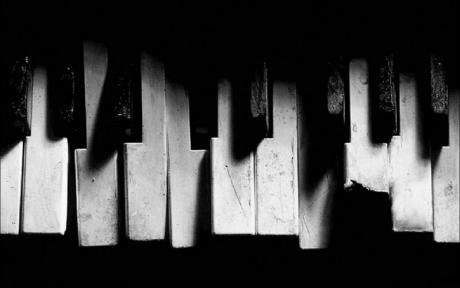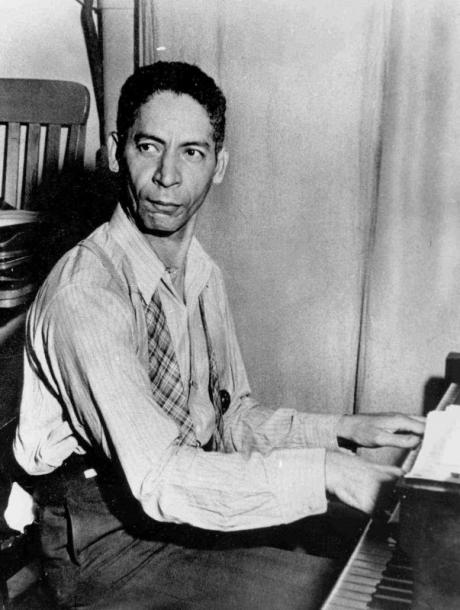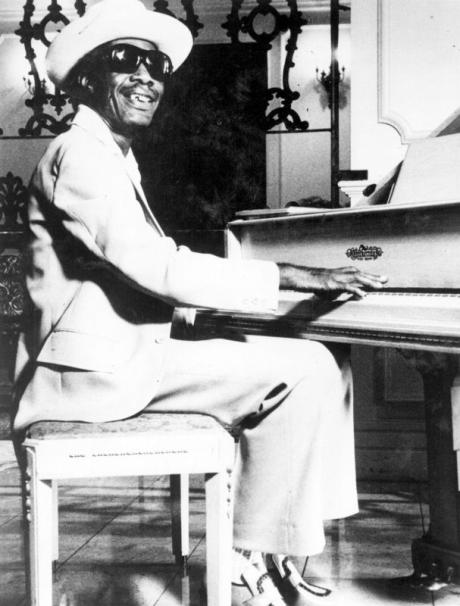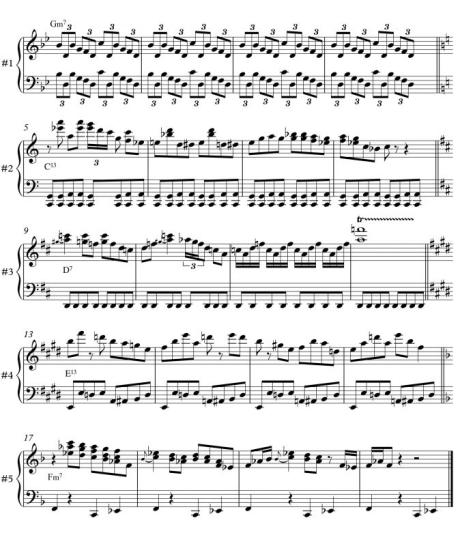Rockové klávesy - Moje oblíbené bluesové licky
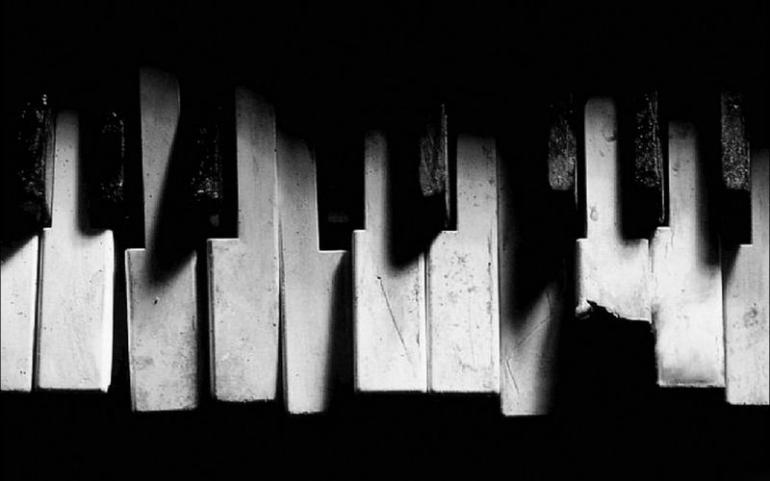
Welcome readers! I wanted to give you something light and fun after the very heady topic of the last two articles, The Fibonacci series. This month I would like to share some of my favorite blues licks with you. The cool thing about blues licks is that they usually work in every genre of music. Just so you know exactly what we’re talking about, let me give you the formula for the blues scale; 1 b3 4 #4 5 b7 1. So, if we are in the key of C, you have C, Eb, F, F#, G, Bb, C. Notice also that a minor pentatonic scale, a blues scale without the b5, can also be used over jazz chords. For example, a Gm pentatonic scale (G, Bb, C, D, F, G) works over many jazz rock chords such as Ebmaj7, F13, Cm11, and Am7/b5. Always be on the lookout for multiple chord changes that these concepts will work over.
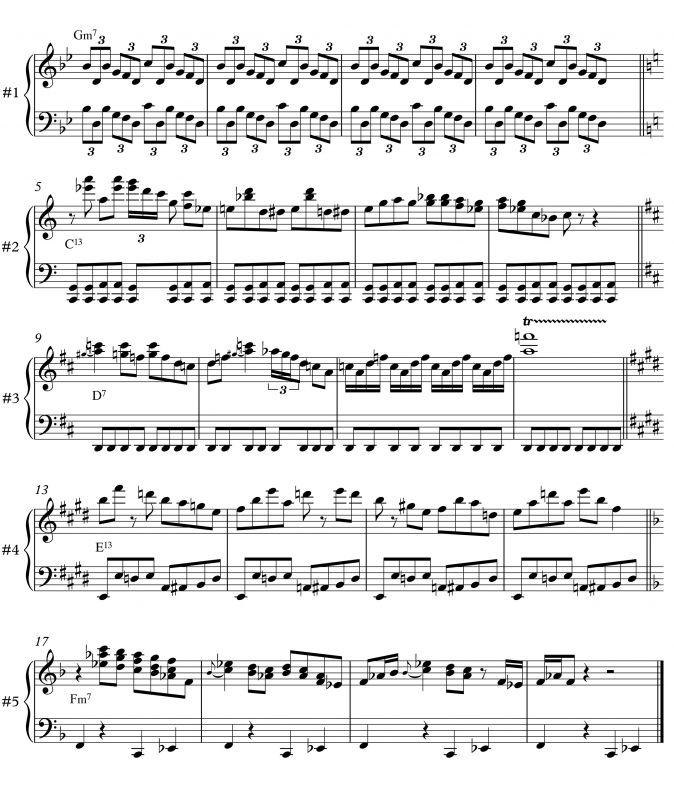
Blues Lick #1
Let’s check out the first lick. This lick is triplet based and comes from the G minor pentatonic scale (G, Bb, C, D, F, G). The left hand doubles the right hand line for more power. This is actually one of my personal favorite licks. When the tempo is quick, it can give a very muscular edge to your solo. Start with your fourth finger in the right hand and thumb in the left. For extra credit, try this same pattern starting at different notes in the scale. Try this exercise out on a Moog Synth sound. I’ve enclosed audio samples of all the licks so you can get the feel of them.
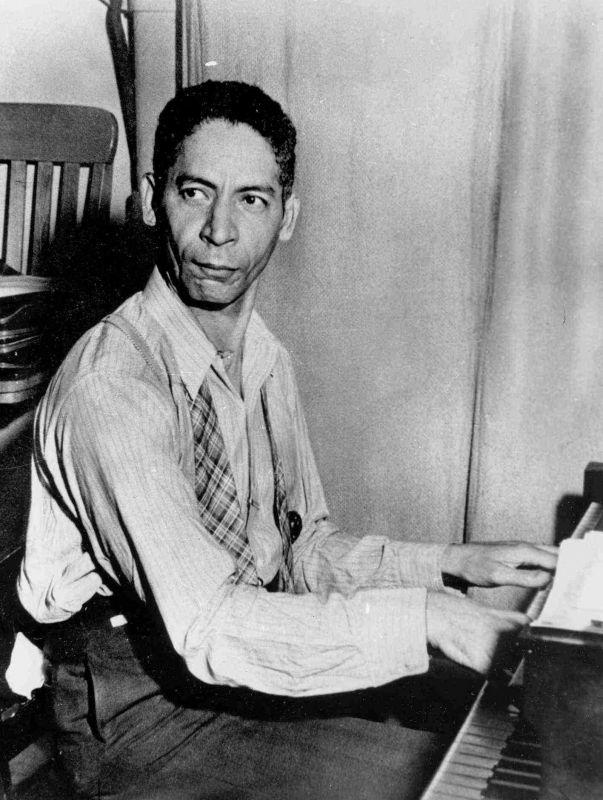
Blues Lick #2
This is straight up New Orleans barrelhouse piano in C. The left hand plugs away on a stock Boogie Woogie ostinato as the right hand does fancy rolls in the style of Professor Longhair and Dr. John, the major authorities on this kind of playing. In the right hand, we have a very popular roll starting on the sixth scale degree and rolling down a Cm9 arpeggio before sprouting into blues riffs based on the C blues scale (C, Eb, F, F#, G, Bb, C). On the descending arpeggio, try to get a sloppy, rolling sound to really get the flavor. In bar 2 there is a double chromatic approach from two half steps below to the third of the chord, E. The last two bars come from the blues scale, sometimes with two notes of the scale sounding at the same time.

Blues Lick #3
This example is kind of a combination of the first two examples. Here we are in the key of D, using the D blues scale (D, F, G, G#, A, C, D). The left hand plays driving time while the right hand does some blues rolls with lots of grace notes. These “extra” notes really make the style. In bar 3, we have a repetitive blues pattern similar to the one in #1. In the last bar, we have a “shake” very common in Hammond B3 solos. Try this riff with an organ sound.
Blues Lick #4
This one is a little advanced. The left hand plays a funky bass riff with chromatic embellishments while the right hand combines notes from two minor pentatonic scales, Em and Bm, with a surprise major third (G#) in Bar 3. By switching quickly and randomly between the two scales, interesting intervals are automatically created. You can even add one more minor pentatonic scale to combine with the previous two for extra credit, F#m pentatonic (F#, A, B, C#, E, F#). Try this exercise with a wha wha clav sound.
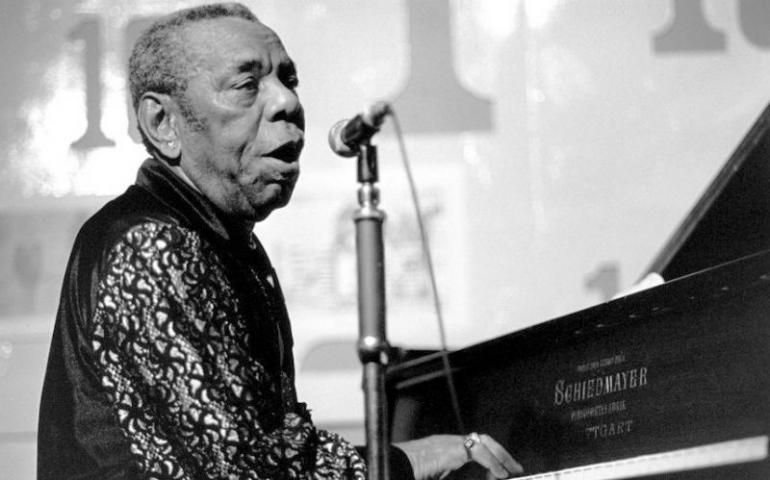
Blues Lick #5
This example features some cool gospel inspired chords. Notice in these bluesy riffs that the third can be intermittently major and minor no matter what the tonality is. In bar 1 we alternate between Fm and Gm triads. The riff also sounds good with F Major triads substituted for the F minor chord. The rest of the exercise uses the F blues scale in the right hand, (F, Ab, Bb, B, C, Eb, F). The left hand plays a stock boogaloo bass line. In this example use a Wurlitzer Electric Piano sound.
Fráze a hudební termíny:
Lick: Většina z vás tento pojem bude znát, ale pro jistotu: Lick je vlastně určitý sled tónů, který máte předpřipravený a dokážete ho (někdy s mírnými obměnami) zakomponovat do více skladeb, sól apod. Když například dojde na improvizaci, jen málokdo si tóny celou dobu „cucá z prstu“ či „bloudí po stupnicích“. Skoro každý sólista má arzenál oblíbených „licků“, podle kterého jej poznáte.
Muscularedge: „Muscular“ je přídavné jméno odvozené od slova „muscle“, tedy sval. „Muscular edge“ má tedy taková hudební fráze či sólo, která má jednoduše „koule“.
For extra credit: Brian tuto frázi používá rád a nevidíte ji u něj poprvé. Pokud vás nabádá, abyste něco zkusili „for extra credit“, myslí tím, že se jedná o „vyšší dívčí“, prostě něco navíc, co je zpravidla o něco náročnější než základní cvičení, které popisuje.
Barrelhouse piano: Styl hry na klavír, který získal v USA popularitu ve dvacátých letech minulého století, ale svůj původ má v černošské muzice konce století devatenáctého. V podstatě se jedná o synonymní výraz pro styl „boogie-woogie“, což je u nás pojem známější.
Plug away: Jeden z expresivních výrazů pro do jisté míry zautomatizované opakování nějakého motivu nebo sledu tónů či akordů.
Stock: Pokud v hudbě označíme něco za „stock“, znamená to „standardní“ nebo „v nezměněné podobě“.
Ostinato: Na tento termín už jsme narazili, a pokud máte alespoň úplné základy formálního hudebního vzdělání, jistě jej znáte. Ostinato znamená, že určitý tón či sled tónů zůstává „na místě“ neboli se nikam nepohybuje, nevyvíjí. Často se používá v kontrastu s jiným hlasem či nástrojem, ve kterém naopak k vývoji dochází.
Roll: Význam tohoto pojmu trochu závisí na tom, o jakém nástroji je řeč. Např. „drum roll“ je přechod či „break“ na bicí. U melodických nástrojů se jedná o něco podobného: rychlý sled tónů, který vytváří „valivý“ dojem (roll: valit se, kutálet se).
Sprout into: „Sprout“ znamená doslova „vyklíčit“. V hudbě jej můžeme použít ve významu „vyústit do něčeho (či v něco)“.
Sloppy: Běžně se jedná o pejorativní výraz, který znamená „odfláknutý“ nebo „zpackaný“. Všimněte si ale, že u licku 2 jej Brian použil jako něco, o co bychom se měli snažit. Myslí tím, že bychom měli hrát ležérně, pohrát si s načasováním jednotlivých not a nepokoušet se o topornou přesnost.
Grace note: Jedná se o melodickou ozdobu, tedy notu, která není pro melodii ani harmonii klíčová. V notovém zápisu ji zpravidla poznáte podle toho, že je přeškrtnutá. Snad nejčastějším typem melodické ozdoby je příraz, ale existuje ještě několik dalších variant (odraz, trylek apod.).
Embellishment: Opět ozdoba, tedy svým způsobem synonymní výraz ke „grace note“. U licku 4 mluví Brian o chromatických ozdobách, tedy vycházejících ze stupnice, ve které jsou zahrnuty všechny půltóny.
Wha wha: To samé co „wah wah“, tedy kvákavý zvuk.
Intermittently: Střídavě, s obměnami.
Boogaloo: Tanec, původně oblíbený především v afroamerické komunitě. Popsat slovy se nedá, najděte si jej na YouTube. :-)
